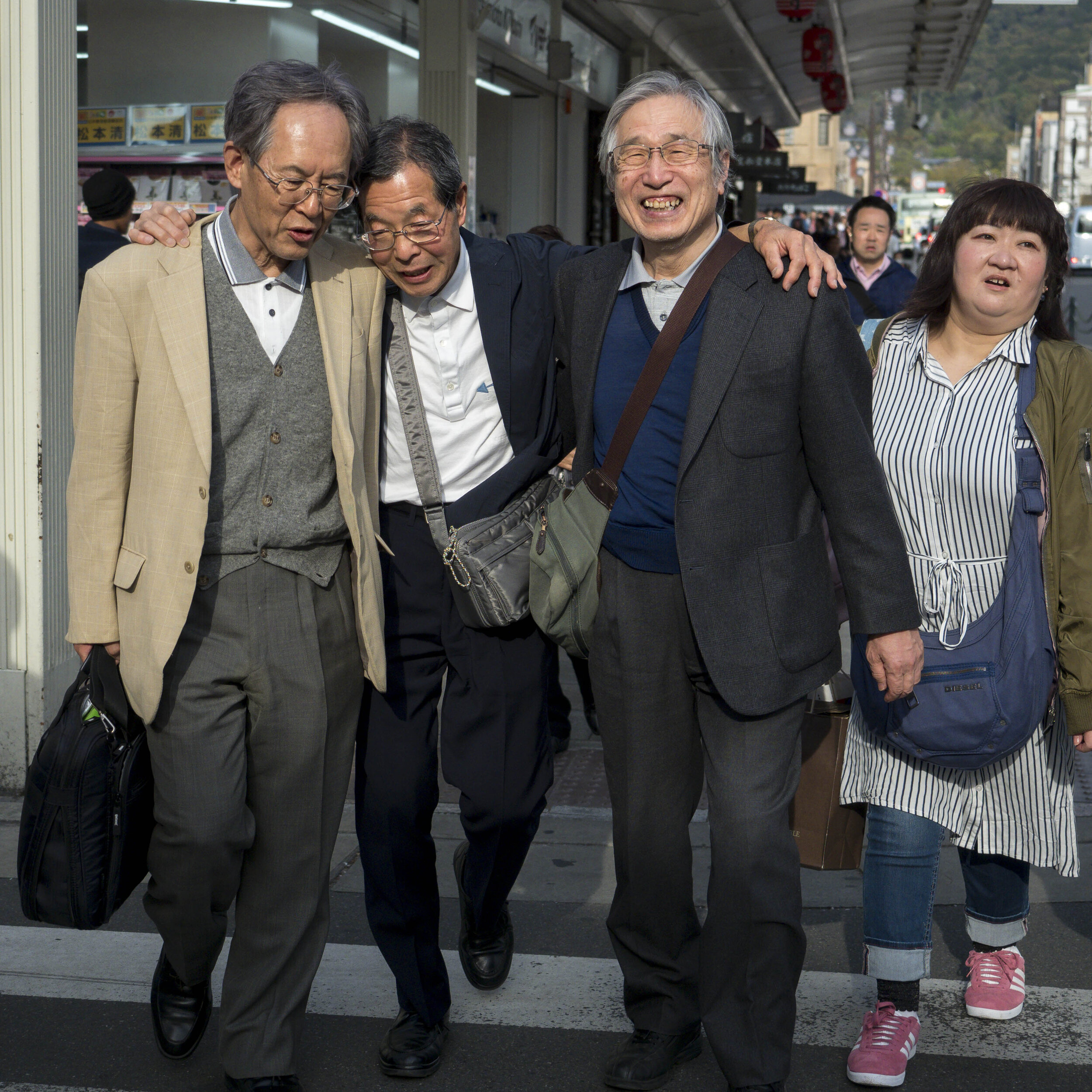It has been a long time since I have tapped anything out for this blog. There are a few reasons for this, but the main one is photo industry burn-out.
This is not, you must understand, photography burn-out, but it has the same effect. Being close to the industry 5-6 days a week leaves me apathetic to the more important things in the “greater” art form of photography.
The things that matter to me (content integrity, produced as still pictures with simple, soft touch and realistic processing) are usually pretty battered and bruised after endless weeks of the opposite, so the last thing I feel like doing is picking up my own cameras.
How bad did it get?
My most powerful bits of gear (EM1, 12-100) were in our front window on consignment for a week or two and I doubt I would have looked back if they sold.
The fix, which was simple and direct, came out of the blue.
I quit!
I will miss the customers, the good photographic conversations and the other staff (and the pay check), but in the short term, I need to give the process, as I like it, another go.
Preparation
A single camera, set up for black and white landscapes at the moment, (Pen F in the Tri X setting, but RAW master files).
Three batteries, three cards, a tripod and a mechanical cable release.
The 12-100 f4 and 75-300 with polarising and ND filters.
All of this fits into the small Think Tank Turnstyle 10 bag, which is ready to go near* the door.
Process
The thing that has been lacking, is a clear, un-interrupted run at the actual doing of it. Between work shifts with rarely 2 days in a row off and never three or more, dogs walked morning and evening and being an attentive husband (I hope), time flies. I have often felt that three equal parts of work:self:family, is a good balance for me (with no kids).
I have found that the reality of “embedding” myself into the process in a meaningful way, needs at least three days in a row of full immersion and the longer the better. It needs to be done until you need to walk away from it, not the other way around.
Once, this was automatic, but life changes and time constraints with it.
To my shame I have a new printer that has had little use, a premium “oh I dreamed of a lens like this” bit of glass in the 12-100, that has been used three times this last year and a perfect mono landscape camera in the Pen F, also languishing in it’s bag.
This will change.
*Lucy and Daisy still amaze us with their playfully destructive games, so the bag is not left at ground level!

































































